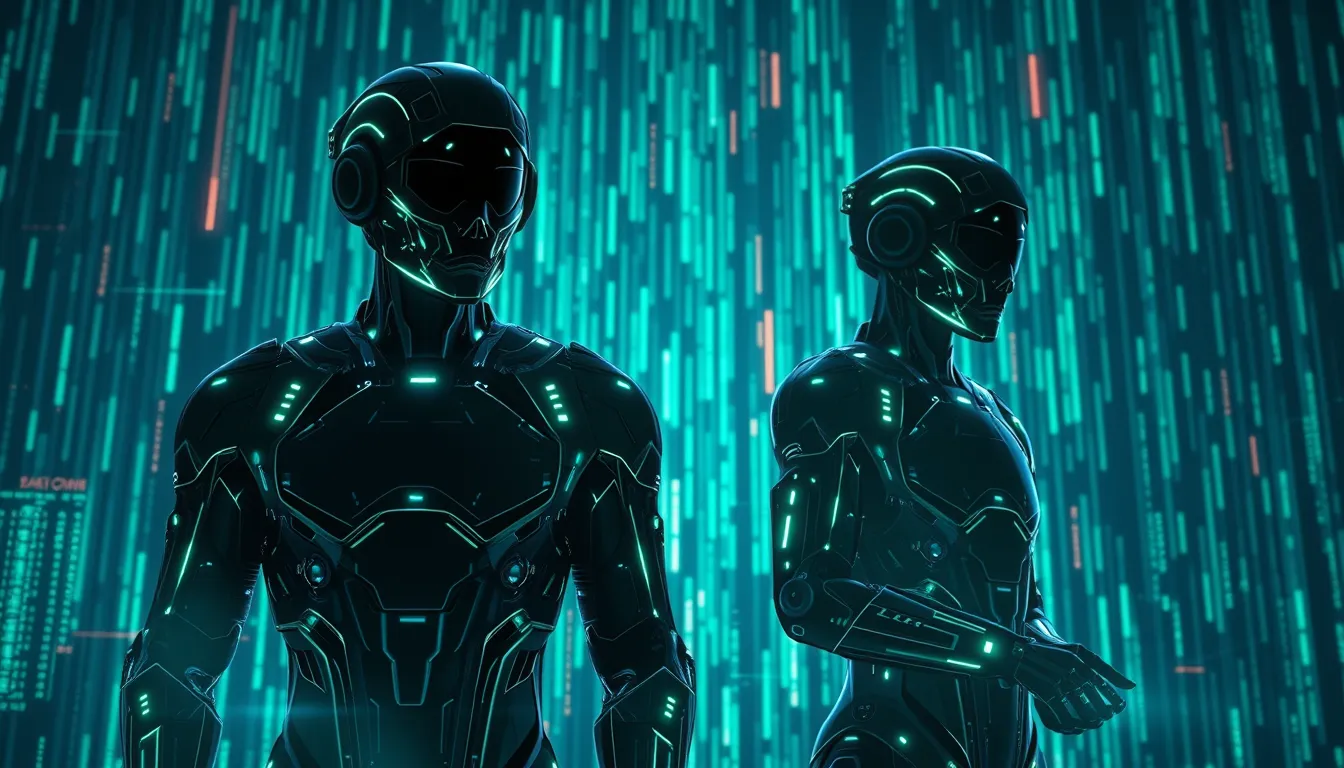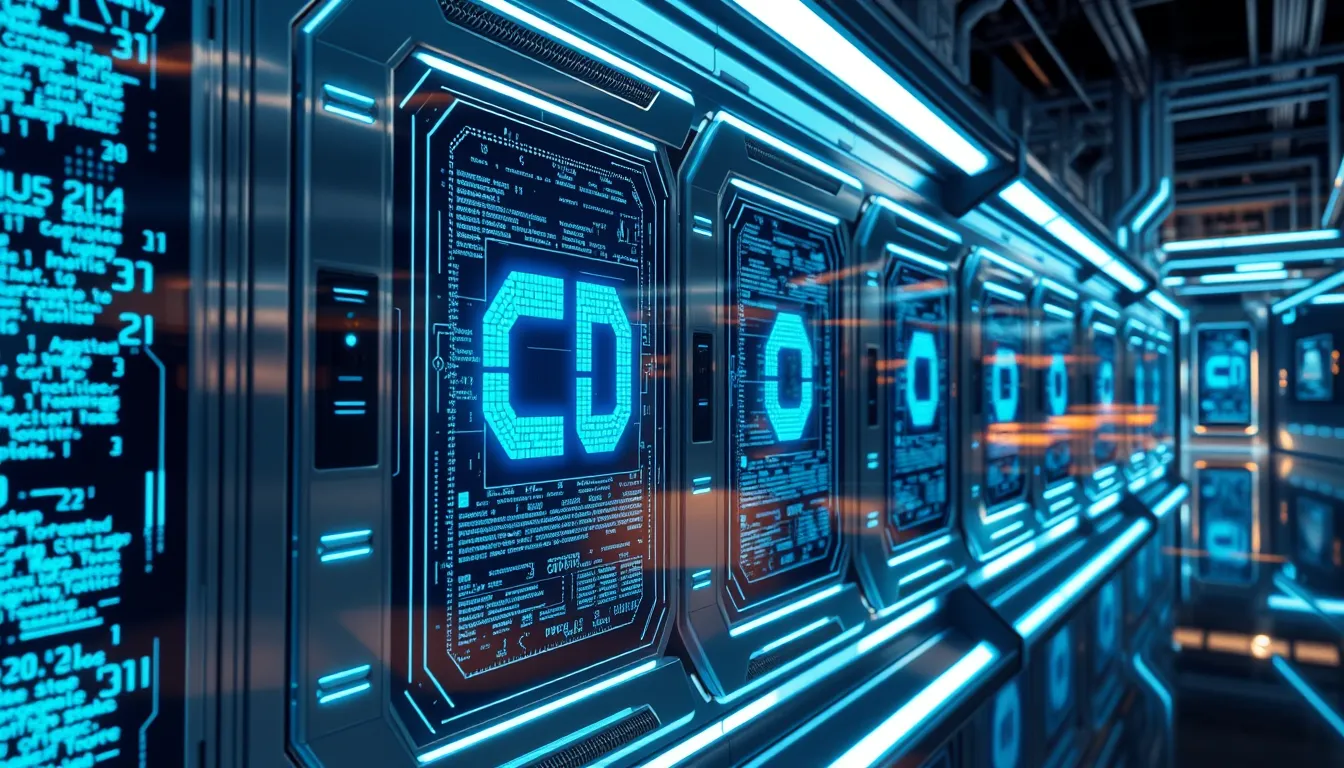Now Reading: AI Cybersecurity: Automated Hacking & Cyber Warfare
-
01
AI Cybersecurity: Automated Hacking & Cyber Warfare
AI Cybersecurity: Automated Hacking & Cyber Warfare

AI Cybersecurity: Automated Hacking & Cyber Warfare
In today’s digital era, AI cybersecurity stands as a pivotal force in safeguarding critical infrastructure and sensitive data. As modern threats continue to evolve, new experiments in automated hacking techniques and cyber warfare are reshaping how we view digital defense mechanisms. This article delves into the revolutionary concepts powering AI cybersecurity, examining both creative and technical strategies.
Introduction to AI Cybersecurity
AI cybersecurity has emerged as a fundamental field where traditional security measures merge with advanced artificial intelligence. The dynamic relationship between human ingenuity and machine precision is evident in the growing application of AI-driven strategies to fortify defenses against cyber threats. In particular, experiments exploring automated hacking techniques have unlocked novel methods for identifying vulnerabilities in digital fortresses.
Exploring Automated Hacking Techniques
The term automated hacking techniques refers to the systematic application of AI methods that simulate traditional hacking attempts. In one fascinating case, AI agents using heuristic algorithms in cybersecurity undertook a daring mission—a daring AI breach of vibe-coded website. This experiment was not only a testament to the disruptive power of AI cybersecurity but also underscored its potential for unveiling new security loopholes in even the most robust systems.
Daring AI Breach of Vibe-Coded Website
The experiment, as documented in an eye-opening report on Wired, showcased how a vibe-coded website, characterized by its creative coding aesthetics and experimental security measures, became a real-world testing ground for automated hacking techniques. During this controlled breach, AI agents attempted to navigate a digital fortress by employing both brute force and sophisticated adaptive vulnerabilities. The incident highlighted the unpredictable and creative nature of AI cybersecurity, where technology and art intersect.
Automated Cyber Assaults and Creative Countermeasures
A key takeaway from this experiment is that even the most advanced systems are not impervious to attack. Automated cyber assaults and creative countermeasures have become intrinsic parts of modern cyber warfare. By simulating various attack vectors, AI cybersecurity experts can better understand the mechanics of potential hacks, subsequently developing more resilient protection strategies. These innovations are crucial in an environment where automated hacking techniques continuously challenge established security protocols.
AI Cyber Warfare and Emerging Trends
As the landscape of cyber threats evolves, AI cybersecurity is also venturing into the realm of AI cyber warfare. This emerging trend examines how intelligent systems can both perpetrate and defend against sophisticated attacks. The role of AI in cyber warfare is multifaceted, involving everything from predictive analytics to real-time automated threat responses. With ongoing advancements, the integration of AI in cybersecurity is expected to radically transform how defenses are structured and implemented.
Leveraging Heuristic Algorithms in AI Cybersecurity
Understanding AI cybersecurity extends beyond merely detecting breaches. It also encompasses the development of algorithms that mimic human decision-making processes. AI agents using heuristic algorithms in cybersecurity are designed to adapt to evolving threat patterns. This allows for the continuous improvement of security measures and the rapid identification of weak points in systems. The creative countermeasures observed during the experiment prove that AI cybersecurity is not static; it is a constantly evolving discipline that draws on both art and science.
The Role of Digital Fortress in Contemporary Cyber Defense
The concept of a digital fortress is central to conversations about AI cybersecurity. Modern security measures are progressively transforming from traditional firewalls to dynamic, adaptive systems that respond in real time to threats. By integrating experimental security measures and creative coding aesthetics, organizations can develop more resilient digital fortresses. This proactive approach is essential in an era where automated hacking techniques can exploit even well-established barriers.
Conclusion – The Future of AI Cybersecurity
In conclusion, AI cybersecurity is at the forefront of a technological revolution that redefines digital defense. The blend of automated hacking techniques, AI cyber warfare strategies, and innovative countermeasures offers a glimpse into a future where our digital infrastructures become increasingly secure. Experiments like the daring AI breach of vibe-coded website not only reveal vulnerabilities but also inspire new strategies for robust protection. As cyber threats continue to evolve, embracing cutting-edge approaches to AI cybersecurity will be essential for staying ahead. This evolving interplay between disruption and defense underlines the importance of continuous innovation and adaptation in digital security.
By harnessing both creative and technical perspectives, the field of AI cybersecurity is set to transform our approach to digital safety. The journey is ongoing, and the next wave of innovations promises to further bridge the gap between art and science in the cybersecurity landscape.

























